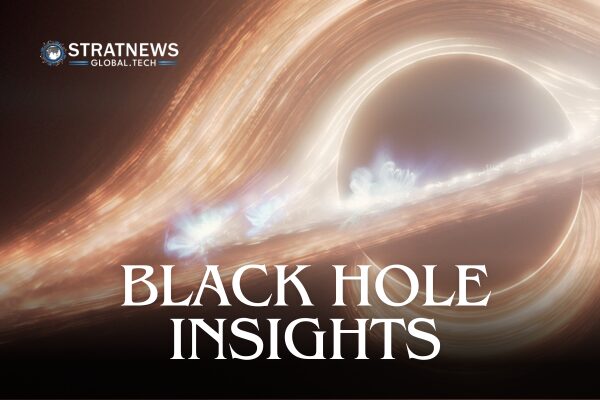James Webb Telescope Reveals New Insights into Milky Way’s Black Hole
NASA’s James Webb Space Telescope has provided the clearest view yet of the chaotic activity around the supermassive black hole at the center of the Milky Way. The telescope’s observations show a steady flickering of light, punctuated by bright flares, as material spirals toward the black hole’s immense gravitational pull.
Unveiling the Secrets of Sagittarius A*
The black hole, known as Sagittarius A* (Sgr A*), is located about 26,000 light-years from Earth and has a mass roughly 4 million times that of the sun. While previous telescopes could only observe it for short periods, Webb’s advanced capabilities have allowed astronomers to monitor it continuously, revealing dynamic patterns of activity.
The swirling gas surrounding Sgr A*, known as the accretion disk, flickers constantly due to the extreme conditions near the event horizon—the point beyond which nothing can escape. Occasionally, powerful flares erupt, with one to three large bursts occurring every 24 hours, alongside smaller ones.
A Turbulent, Energetic Environment
The chaotic nature of the accretion disk is driven by turbulence and strong magnetic fields. “Blobs of gas are bumping into one another and, in some cases, being compressed by the strong magnetic fields—somewhat similar to what happens in solar flares,” explained Howard Bushouse of the Space Telescope Science Institute.
Unlike solar flares, which are caused by the sun’s magnetic activity, these bursts occur in an entirely different environment and at much higher energy levels. The observations confirm that around 90% of the disk’s material falls into the black hole, while the rest is ejected back into space.
A Major Step in Black Hole Research
Webb’s observations, taken over 48 hours across multiple sessions, offer unprecedented detail compared to previous studies. Ground-based telescopes provided only a few hours of data at a time, and even the Hubble Space Telescope could only observe Sgr A* for about 45 minutes per session.
The telescope’s Near-Infrared Camera (NIRCam) captured data at two different infrared wavelengths, helping researchers better understand how Sgr A* interacts with its environment. The findings suggest that the accretion disk mainly consists of material from the stellar winds of nearby stars rather than debris from a shredded star.
While Sgr A* is relatively quiet compared to black holes in other galaxies, these new insights help astronomers understand the complex processes shaping black holes and their surroundings.
With inputs from Reuters


